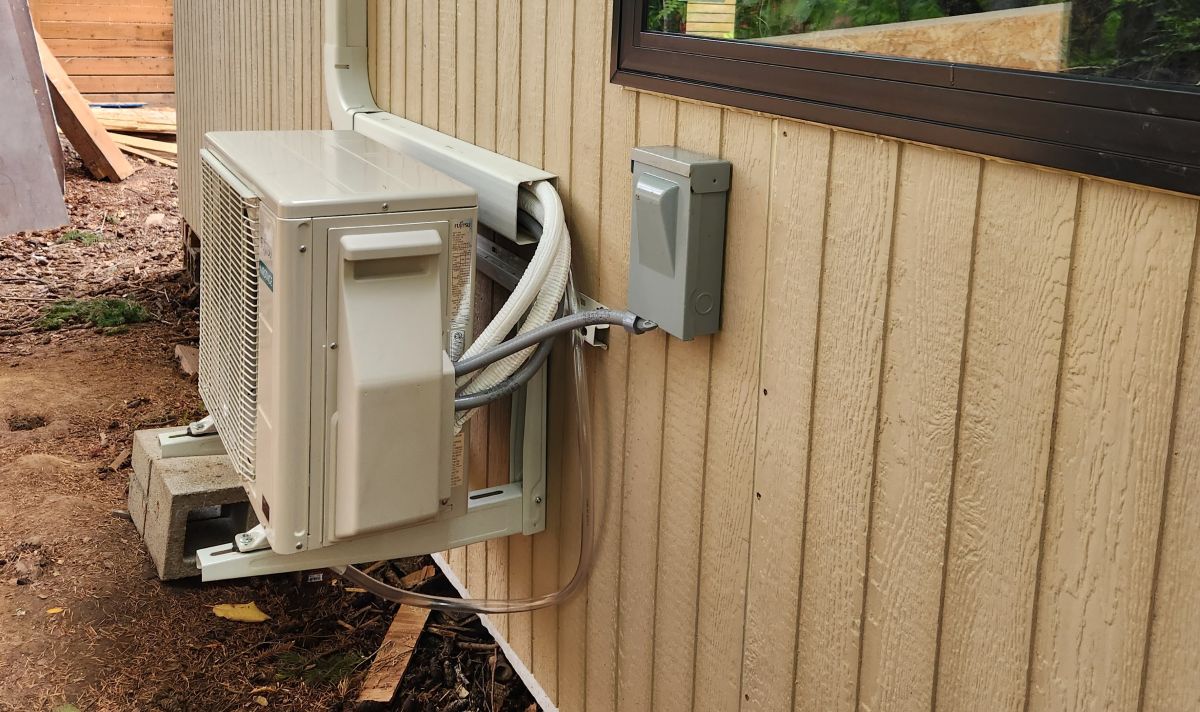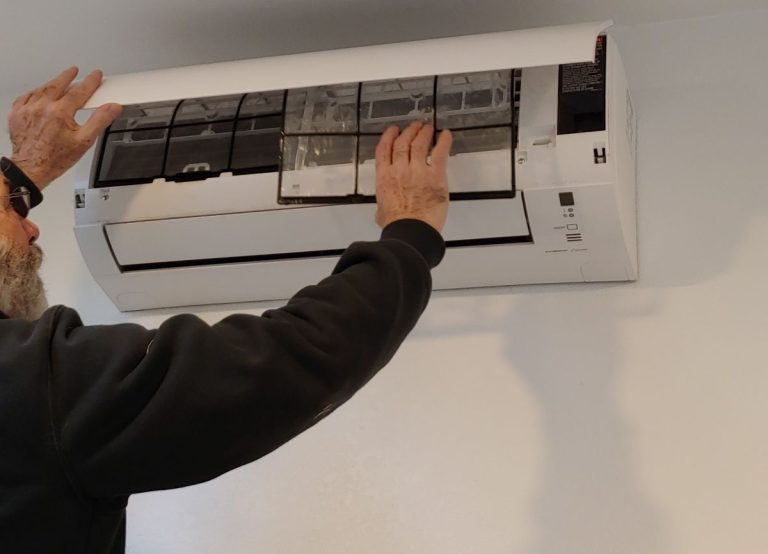The History of Mini Split Systems: From Japan to American Homes
Last Updated on May 24, 2025 by Chad Peterson
In the history of mini split systems, it’s interesting how quickly they have adapted into the American culture with an amazing amount of flexibility.
Everyone has seen, knows of, or has a mini split. Just this morning, a friend asked me if a mini split would work in his garage. I told him to check out Pioneer Mini Splits—they’re affordable and reliable—and I even offered to help him install it.
I’m not affiliated with Pioneer Mini Splits and don’t earn a commission—but I still recommend them for quality and price. Click below to check them out.
Origins of the Mini Split System
Mini split systems, also known as ductless heat pumps or ductless mini splits, were first developed in Japan in the 1970s.
Manufacturers like Mitsubishi Electric and Daikin led the innovation, aiming to create compact, energy-efficient air conditioning solutions for homes and apartments where central HVAC systems weren’t practical.
These systems offered independent zone control, low energy usage, and quieter operation compared to window units.
Japan’s urban housing density and energy-conscious mindset made ductless systems an immediate success. Their compact design and efficient operation solved cooling challenges without the need for invasive ductwork.
Mini Splits and R-22 Refrigerant
Early mini split systems used R-22 refrigerant, the industry standard at the time. R-22, a hydrochlorofluorocarbon (HCFC), was widely used for its reliable cooling properties. However, it was later found to be harmful to the ozone layer.
By the 2000s, the U.S. Environmental Protection Agency began phasing out R-22 as part of the Montreal Protocol. Mini split manufacturers transitioned to R-410A refrigerant, a hydrofluorocarbon (HFC) that is more environmentally friendly and works at higher pressures.
This change meant older R-22 line sets and equipment became incompatible with the newer systems unless carefully flushed or replaced.
U.S. Adoption Timeline
Mini splits entered the U.S. market slowly in the 1990s. Initially, they were seen as specialty solutions for computer rooms, sunrooms, or add-ons where ductwork wasn’t feasible. Contractors and homeowners were hesitant due to unfamiliarity, limited supply, and higher upfront cost.
By the mid-2000s, mini splits gained popularity in niche markets, especially in energy-efficient and off-grid homes. Rebates and tax incentives helped push adoption.
The 2010s marked a major turning point as mini split systems became widely available through big box retailers and HVAC distributors. Brands like LG, Fujitsu, and Gree joined the competition, offering more affordable and accessible options.
How Mini Splits Changed Home Comfort
Ductless mini splits introduced the concept of zoning without the need for complex dampers or multiple furnaces. Each indoor unit could be controlled independently, allowing homeowners to heat or cool only the rooms they were using. This helped reduce energy bills and improved comfort.
They also solved a long-standing problem for retrofits: homes without ducts. Historic homes, cabins, garages, and attics suddenly had a heating and cooling option that didn’t require a major remodel. Their small footprint and flexibility opened up new design possibilities in both residential and commercial buildings.
What’s Next for Mini Splits?
Today’s mini split systems are smarter, quieter, and more efficient than ever. Inverter-driven compressors allow for variable-speed operation, which means better temperature control and lower power consumption.
Manufacturers are now integrating smart thermostats, Wi-Fi control, and compatibility with home automation systems. Cold-climate heat pumps have also expanded mini splits into northern regions that previously relied on gas furnaces or baseboard heat.
The future includes the adoption of even more environmentally friendly refrigerants like R-32 and R-454B, as regulations continue to evolve. As energy codes tighten and electrification gains momentum, mini split systems are poised to become the go-to HVAC solution for many homes.
My Personal History Of Mini Split Systems
As someone who started installing HVAC systems in the 1970s, I remember when mini-splits first arrived on the scene. They were expensive, rare, and hard to sell to customers who were used to big ducts and louder units. But now? I wouldn’t think twice about recommending one for the right application.
Mini splits have gone from an oddity to a mainstream solution. If you’re considering upgrading your system or need to heat or cool a hard-to-reach area, don’t overlook what these compact systems can do.







